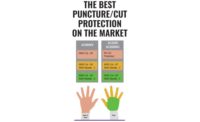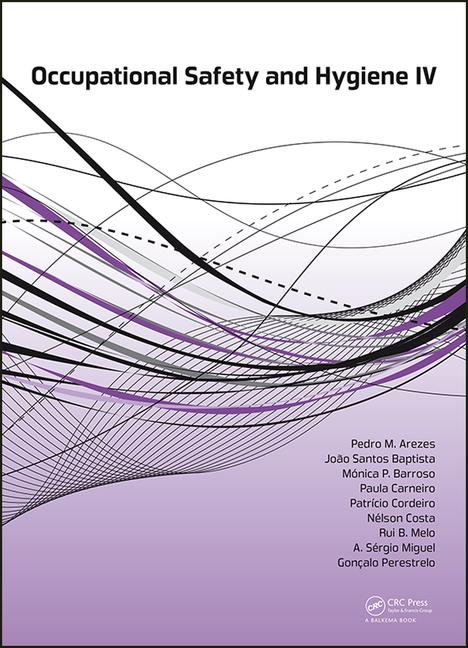OSHA requires that employees complete HCS (revised hazard communication standard) training on the 16-section SDS (standardized safety data sheets that replace MSDSs) and GHS label elements that include precautionary statements and pictograms by December 1, 2013.
Classification
GHS classification of chemicals is very important. For example, chemicals classified as carcinogenic, mutagenic, or toxic to reproduction (CMRs) must be treated with high concern.
REACH and CPL (classification, labeling and packaging of substances and mixtures) regulations in Europe have special provisions for CMRs. Within the U.S., the HCS uses the most protective of the GHS concentration limits, i.e. cut-offs at 0.1% for CMRs.
At present there is no single source for CMRs in the U.S. Europe, however, classified more than 2,000 chemicals as CMRs under REACH and CPL regulations (2012 year-end report). Annex VI to the CPL lists CMRs (Google search for the current list).
Country lists of CMRs, which may be used by any organization, are being developed. For example, Germany maintains a list of CMRs (current August 2012) at:
http://publikationen.dguv.de/dguv/pdf/10002/kmr_alte_bezeichnungen_2012.pdf
OELs
OSHA’s 2012 revised HCS allows a preparer to include any occupational exposure limit (OEL) on an SDS. You should expect to see various global OELs on new and revised SDSs. U.S. employers should communicate to employees by the training deadline how different OELs that may appear on an SDS will be addressed.
The German Institute for Occupational Safety and Health of the German Social Accident Insurance (IFA) recently launched a database for international OELs. The database, available in English, may be found online at http://www.dguv.de/ifa/en/gestis/index.jsp. IFA also made the OEL database available as a free Android and Apple phone app. Search your phone’s app store for GESTIS-ILV.
DNEL
One of the requirements of the European Union’s REACH law is that a chemical manufacturer or importer develops a “derived no effect level” (DNEL). There are several different types of DNELs, including ones developed for consumer exposures. Human exposure should be kept below the DNEL. Given that the DNEL is developed by a chemical manufacturer or importer, it cannot be easily dismissed as country-specific OEL by an employer.
The European Chemicals Agency publishes DNELs but not through a direct list. The GESTIS DNEL Database developed by Germany’s IFA at http://www.dguv.de/ifa/en/gestis/dnel/index.jsp# maintains a list of approximately 1,000 inhalative long-term exposure DNELs for employees. The list will be periodically updated when new DNELs are developed.
IFA allows limited use of the DNEL database provided the source is noted. Commercial use or building the GESTIS DNEL Database into another information system is prohibited.
Table I is an example of how you may use the DNEL database. In this example, you may compare your employees’ exposure to carbon monoxide (or other chemicals of your choosing) to various OELs.
GESTIS expresses DNELs in mg/m3. Use the following formula at STP to convert to parts per million: ppm = 24.45 x mg/m3 ÷ MW. Therefore, the formula for CO (molecular weight = 28) converts the DNEL at 20 ppm, TLV® at 25 ppm and the PEL at 50 ppm.
Substance Database
GESTIS http://www.dguv.de/ifa/en/gestis/stoffdb/index.jsp includes a database for approximately 8,500 substances. The database is available in English and may be accessed online or installed as an Android or iPhone app. The database is installed on my 4S iPhone and I find the information to be very helpful.
The GESTIS Substance Database includes regulations specific to Europe and Germany. However, the extensive technical and precautionary recommendations within the database are universal. References are provided for toxicological information. Each entry includes CMR information. GHS classification and pictograms for substances within the database apply in the U.S.
One of the key benefits of the GESTIS Substance Database is that it may be referenced when you need specific hand protection PPE. For example, PPE information for Acetone includes:
Textile or leather gloves are completely unsuitable. Protective gloves of the following materials should not be worn longer than 4 hours continually (Permeation time ≥ 4 hours): Butyl rubber - Butyl (0.5 mm).
Following materials are unsuitable for protective gloves because of degradation, severe swelling or low permeation time: Natural rubber/Natural latex – NR; Polychloroprene – CR; Nitrile rubber/Nitrile latex NBR; Fluoro carbon rubber – FKM; and, Polyvinyl chloride – PVC.
Combustible dust
OSHA’s HCS includes combustible dust as a defined hazard. GESTIS includes a database http://www.dguv.de/ifa/en/gestis/expl/index.jsp of “… combustion and explosion characteristics of more than 4,600 dust samples from virtually all sectors of industry.” Review information at this database to develop precautions and controls for combustible dusts.





